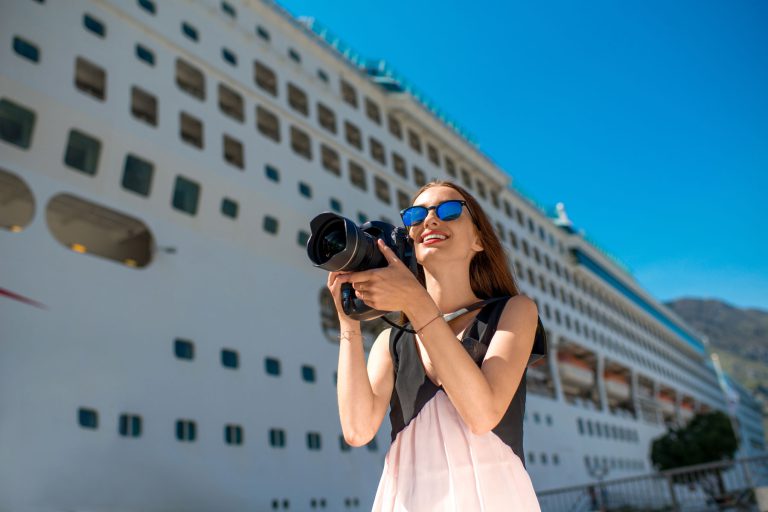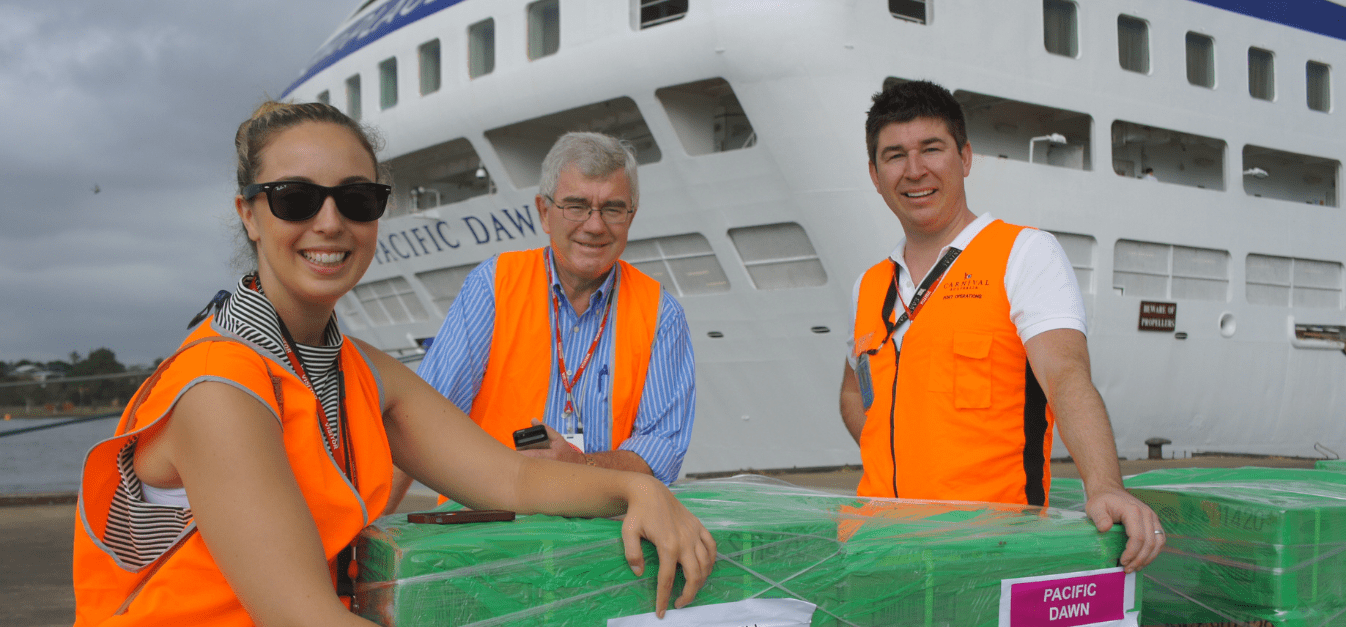This week, we begin a new occasional series to help cruise passengers take the best pictures possible on their voyages. Over the next few months, Warwick Williams will be sharing his photography tips. See the upcoming June edition of the magazine to win a FUJIFILM X-T20 valued at $1,799.
The best camera is one that you will use. There is no point in buying a $10,000 camera if you won’t use it, so buy a good camera that you will use. (A phone is not a camera – that’s why it is called a phone. A tiny senor and a miniature lens doth not a camera make – well not a very good one anyway.)
The Fujifilm XE3 and the Fujifilm XT20 punch well above their weight in photo quality and will easily satisfy the photo enthusiast who likes manual control. The best feature of these two cameras is the “magic” Auto Override switch, meaning that no matter what setting the camera is in with a flick of a switch it is turned instantly into a fully automatic point and shoot camera that anyone can use.
The XF18-135 lens is a beautiful, image stabilised lens that is the perfect tourists’ companion an all-in-one lens suitable for wide angle and telephoto use.
Another important extra you will need is the memory card. I find 64GB is plenty big enough for the average cruise but I always carry multiple cards just in case something goes wrong. Losing a camera is bad but lost photographs are irreplaceable.
Always have spare batteries. I tend to carry three batteries and in very cold climates at least four. In the cold batteries don’t last as long so if you are cruising Antarctica or Alaska carry extras and keep spare batteries in your warm pocket until needed.
Ensure you have a comfortable strap that won’t slip off your shoulder and won’t irritate your neck especially if wearing a t-shirt or other collarless attire.
A case or carry bag that holds the camera and accessories is a must. It doesn’t have to be huge just somewhere to keep batteries, charger, cables, and other accessories.
A protection filter is an excellent idea. This screws on the front of the most valuable part of your camera – the lens. A circular polarising filter is also great for cutting the reflections from glass and water.
There is always something I take in addition to my main camera: my trusty waterproof, dustproof, shockproof, freezeproof, Finepix XP. It fits in my pocket and I can use it in the pool or at the beach.
Don’t forget your battery charger and a plug adapter – most ships use European or US powerpoints. DO NOT pack a powerboard; it will be confiscated if you do.
Learn how to use your camera before you embark on your holiday. There is nothing more frustrating than not knowing how to use your equipment.
And finally, the most important rule. Print your photos! Digital storage is good for twenty years but a printed silver halide photo will last for 500 years!








